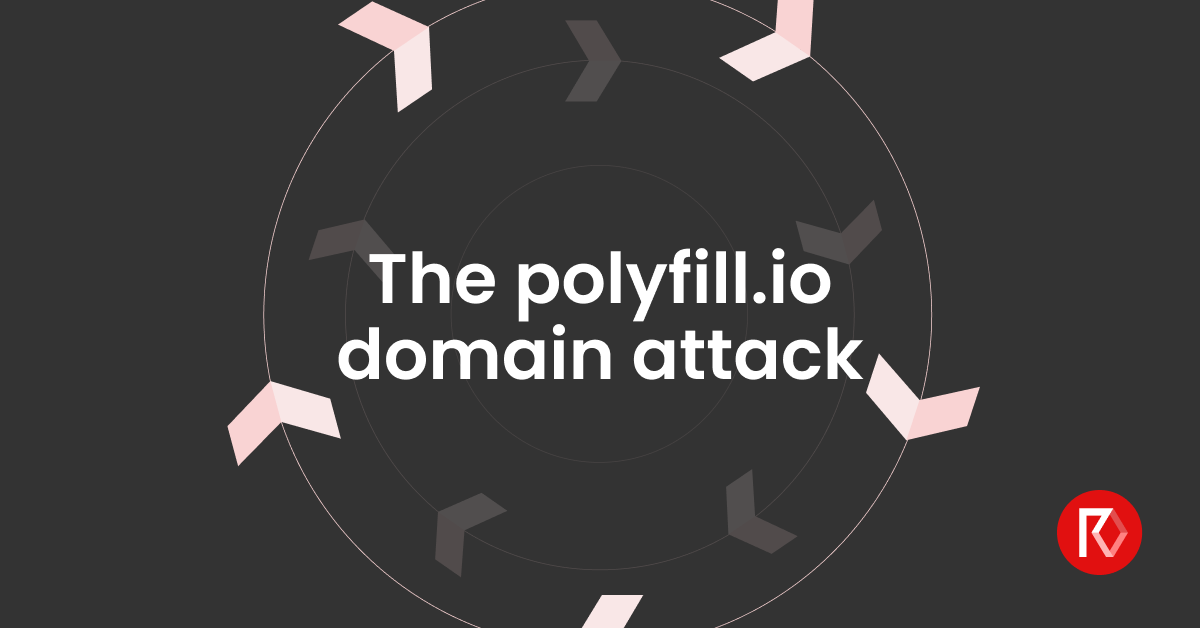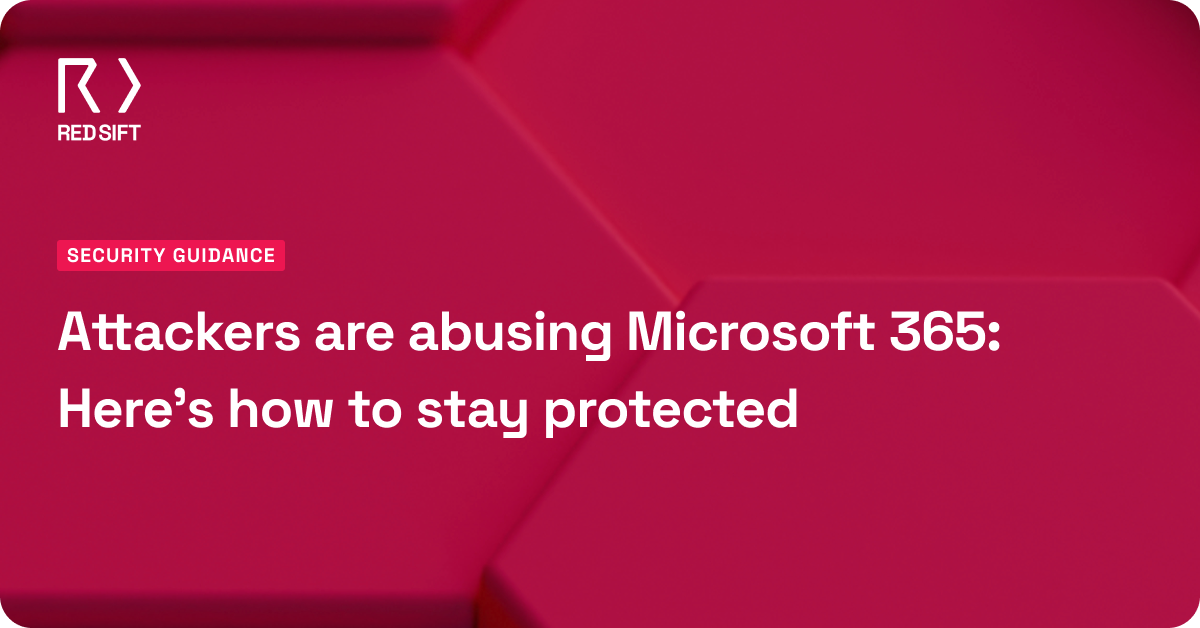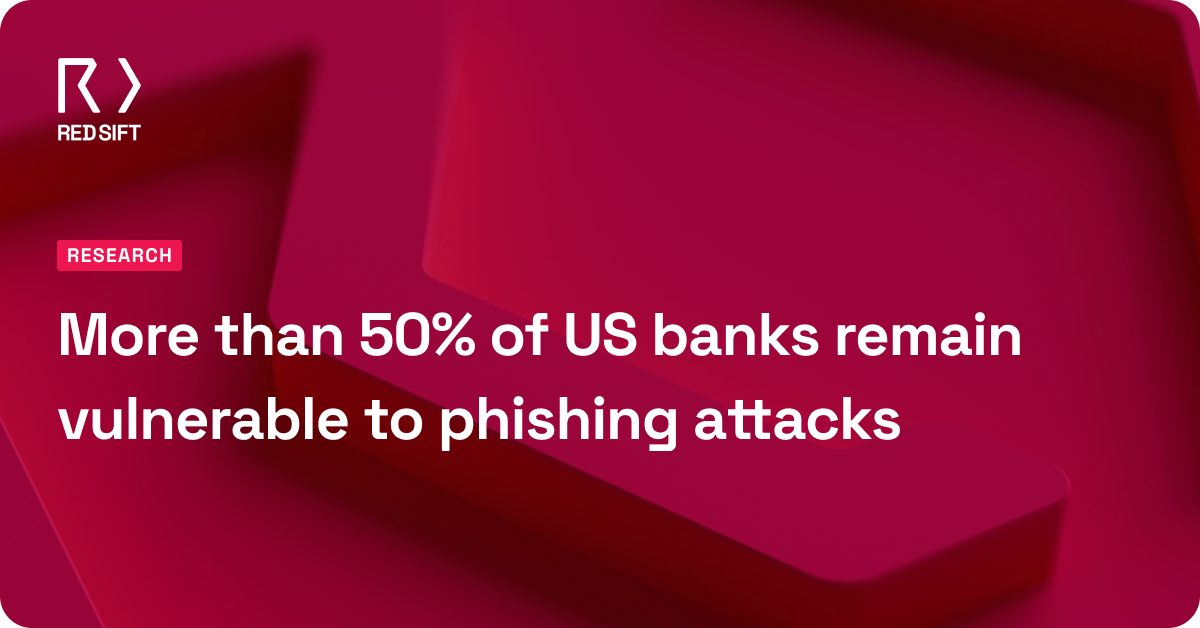tl;dr: The recent compromise of the polyfill.io domain has triggered a broad-reaching web supply chain attack, impacting over 100,000 websites across various sectors including finance, healthcare, non-profits, academia, and more. To ensure the security of your website, we strongly advise you immediately remove any reference to polyfill.io.
| Latest update: 27th June 2024 Sansec, a leader in malware and vulnerability detection, has published the following update: • Namecheap has now set the status of the domain to clientHold, meaning it is no longer active in the DNS removing the current risk. • Cloudflare has launched an automatic JavaScript URL rewriting service that redirects any link to polyfill.io found in proxied websites to its own version under cdnjs, ensuring site functionality and mitigating supply chain attack risks. • polyfill.io must still be removed from your estate, but be aware of the risk of breakages so ensure that you use a replacement. You can find alternatives on Cloudflare and Fastly. |
The Polyfill.io compromise
The term “polyfill” is commonly used to describe libraries that help resolve inconsistencies across different web browsers, especially older browsers where cutting-edge technologies are not available. Although polyfill.io was not directly related to the concept, it became a trusted resource for finding and adding these polyfills.
The polyfill.io domain was sold to a Chinese company, Funnull, in February 2024. It was subsequently discovered that polyfill.io started injecting malicious code into its scripts, causing anyone visiting a website using this domain to unknowingly run malware in their browser.
The malicious code injected through cdn.polyfill.io is sophisticated, dynamically generating payloads based on HTTP headers. It activates only on specific mobile devices, avoiding detection by evading admin users and delaying execution. Websites embedding the compromised scripts may inadvertently redirect visitors to malicious sites, exposing them to further risks such as fake Google Analytics links leading to dubious destinations.
Google has been sending warnings about loading third-party JavaScript from domains like polyfill.io and is now blocking Google Ads for websites that use the compromised code.
We’re recommending that all references to polyfill.io be removed from estates due to the potential risk from the wider domain.
Identifying impacted Red Sift customers
Our headless browser, part of Red Sift ASM, conducts a full daily inspection of all websites monitored in our customers’ estates. We then surface the technologies, libraries, and third-party services that are used by the site, including Polyfill, along with any domains that are found in the HTML of the page that these rely on. This information is also utilized in our HTML Content Check (previously known as Mixed Content check).
Having this information readily available allowed us to quickly check all our customers’ accounts and identify the websites containing the compromised domain name. Our Customer Success team then personally notified each affected customer.
What you should do right now
To ensure the security of your website, we strongly advise you to immediately remove any reference to polyfill.io from your estate.
Should you require alternatives for Polyfill hosting, you can find them on Cloudflare and Fastly.
How Red Sift helps to continuously and proactively prevent these attacks
As mentioned, Red Sift ASM is already able to detect the technologies, libraries, and third-party services, including domains, so that customers can quickly discover when malicious technologies and related assets are part of their external attack surface.
Having this capability also meant we could react rapidly to add warnings about dangerous activity to Red Sift. From today, Red Sift ASM customers will:
1) See an Issue created if the poisoned domain polyfill.io is found anywhere in their monitored estate. The issue explains the reason for the critical warning and the steps that are required to remove the risk from the estate.
2) See a warning in our HTML Content check if the poisoned domain polyfill.io is found anywhere in their monitored estate.
Get protected now
To learn more about Red Sift ASM and how it can continuously help you stay on top of these types of threats, why not book a demo. In the meantime, if you have any questions or need assistance, please contact us.







